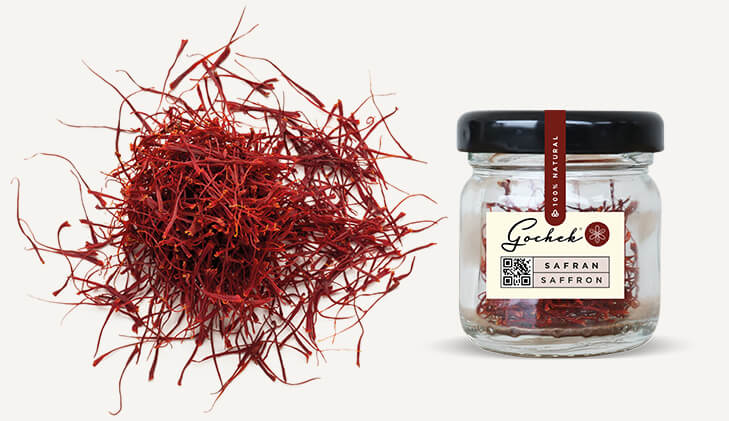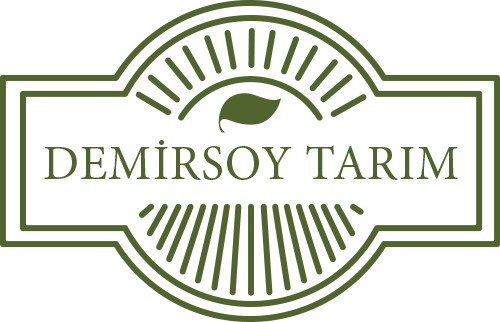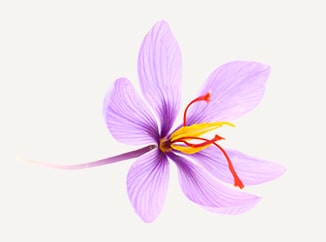Saffron
Saffron (Crocus sativus) is a bulbous cultivated plant from the crocus (Crocus) genus, 20–30 cm tall, blooming in autumn, from the iris (Iridaceae) family, and is the spice obtained from this plant. The leaves of the plant are stripe-like and its purple flowers have three stigmas. Saffron plant, whose male organs, including the petiole connecting the flower and stigma to the plant, are dried and used especially as food coloring and flavoring, is mostly grown in Spain, France, Italy and Iran.

It is the world's most expensive spice by weight
Half a kilogram of saffron can be extracted from 80,000 flowers. It dyes water 100,000 times its own weight yellow.
Saffron is a medicinal aromatic plant. Saffron spice has a pungent taste and an iodoform or straw-like odor. The reason for these is the chemicals picrocrocin and safranal in its composition.
It also contains a carotenoid dye called crocin, which adds a golden-yellow color to the dishes it is placed in.
These properties make saffron a highly sought-after spice around the world. The word saffron is derived from the Arabic word asfar, meaning yellow color, and from the Arabic word za’feran, meaning saffron spice. It was translated into Latin as safranum, into Italian as zafferano, and into Spanish as azafrán. It was later translated into French as saffron and from there into English as saffron.
As Demirsoy Tarım, our organic saffron production grows exponentially every year. Our goal is to increase our production, which is 10% of Turkey’s total, to 20% of Turkey’s total saffron production in the coming years.

